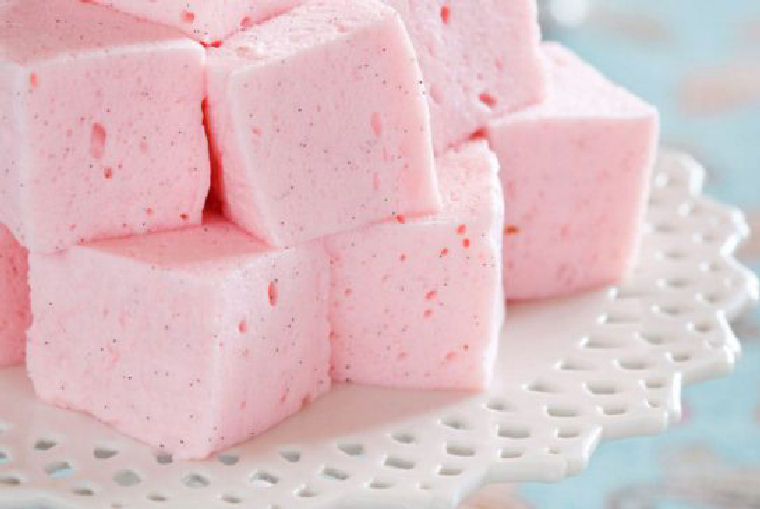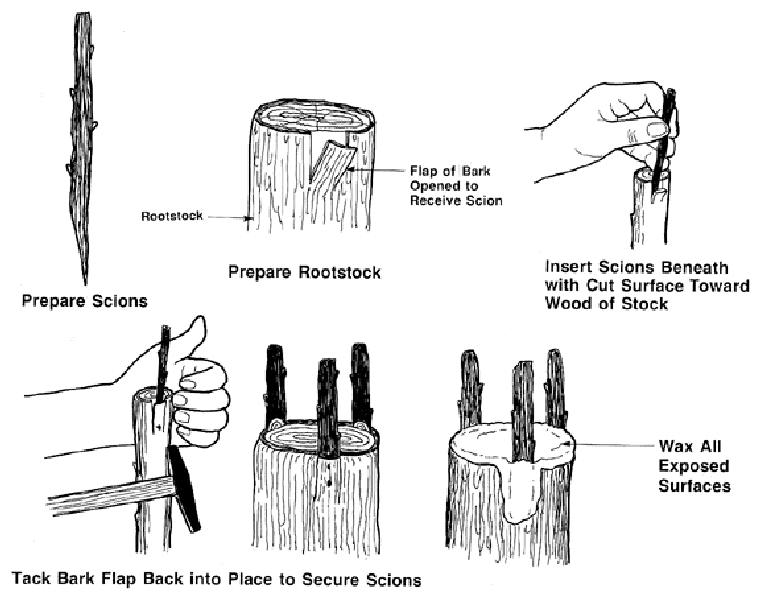85.WHAT IS MISTLETOE?
In millions of homes in Europe and the United States, the mistletoe is hung up at Christmastime. According to a happy custom, when a girl is standing under the mistletoe, a man is allowed to kiss her.
Curiously enough, the use of the mistletoe on holidays and ceremonial occasions goes back to quite ancient times. When the Romans invaded Britain and Gaul (now called France), the people who lived there were called Celts. These Celts were organized under a strong order of priests called Druids.
84.WHAT IS MARSHMALLOW?
The marshmallow you eat today as candy has nothing to do with the marshmallow! At one time, this candy was actually made from a plant called a marshmallow, which is how it got its name.
Today, marshmallows are made by whipping a combination of sugar, corn syrup, gelatin, flavors, and egg whites. Marshmallows have a light, fluffy texture. The most popular kind is white marshmallow which has been covered with sugar. But there are also marshmallow “peanuts,” marshmallow “bananas,” and marshmallow “eggs.” Some kinds are made by coating the marshmallow with toasted coconut and chocolate.
83.WHAT IS GRAFTING?
Can one kind of tree produce the fruit of another kind of tree?—Yes! Grafting makes it possible. If a bud from a twig of a pear tree is carefully inserted in slit made in the bark of a quince bush, a pear twig will grow. The quince bush win bear both pears and quinces!
In the same way, an almond tree can be made to produce both peaches and almonds. Or a crab apple tree can be made to bear a crop of fine cultivated apples. Sometimes grafting is used to produce freak trees and bushes, but it has nevertheless an important place in agriculture.




